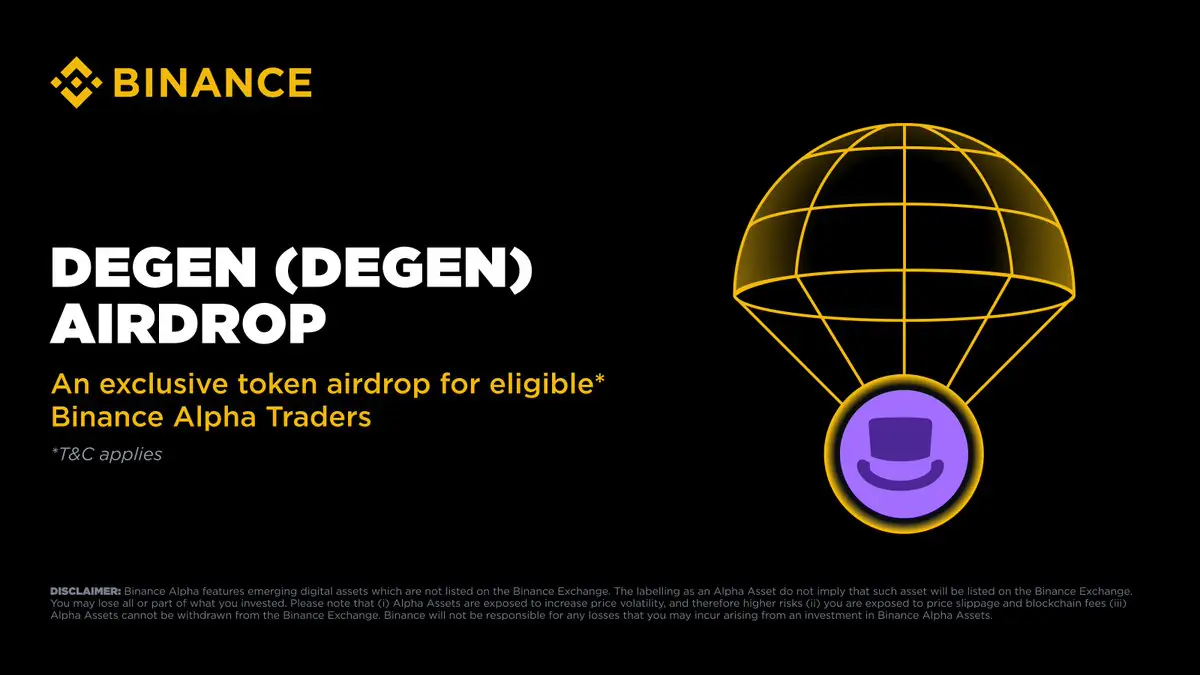The idea, shared on social media, proposes a system where data can be posted on any chain—such as Ethereum, Celestia, or Solana—and then merged into a single, ordered stream using predefined rules.
According to Yakovenko, this Meta Blockchain would function by referencing the latest block headers from various DA layers, allowing transactions (MetaTXs) posted on one chain to maintain proper order relative to others. This means a MetaTX posted on Solana would include the most recent observed blocks from Ethereum and Celestia, ensuring consistent sequencing.
This structure would let users dynamically choose the most cost-effective and fastest DA layer for their needs, significantly lowering operational costs. “Making data availability cheap allows for making everything else cheap,” Yakovenko noted, highlighting bandwidth as the key constraint.
The approach minimizes reliance on centralized sequencers by using deterministic merge rules instead. While Toly acknowledged a simpler version might involve external sequencing, he emphasized that a decentralized merge rule spanning all chains would better preserve trustlessness and interoperability.
The Meta Blockchain idea aligns with the industry’s broader push for modularity and scalability—offering a glimpse into a future where chains interoperate more seamlessly, with users empowered to transact anywhere, at minimal cost.
The post Solana Co-Founder Proposes Meta Blockchain to Unify Ethereum, Celestia, and Solana for Optimal Data Efficiency appeared first on Coindoo.







.jpg.webp?itok=1zl_MpKg)





 Bengali (Bangladesh) ·
Bengali (Bangladesh) ·  English (United States) ·
English (United States) ·